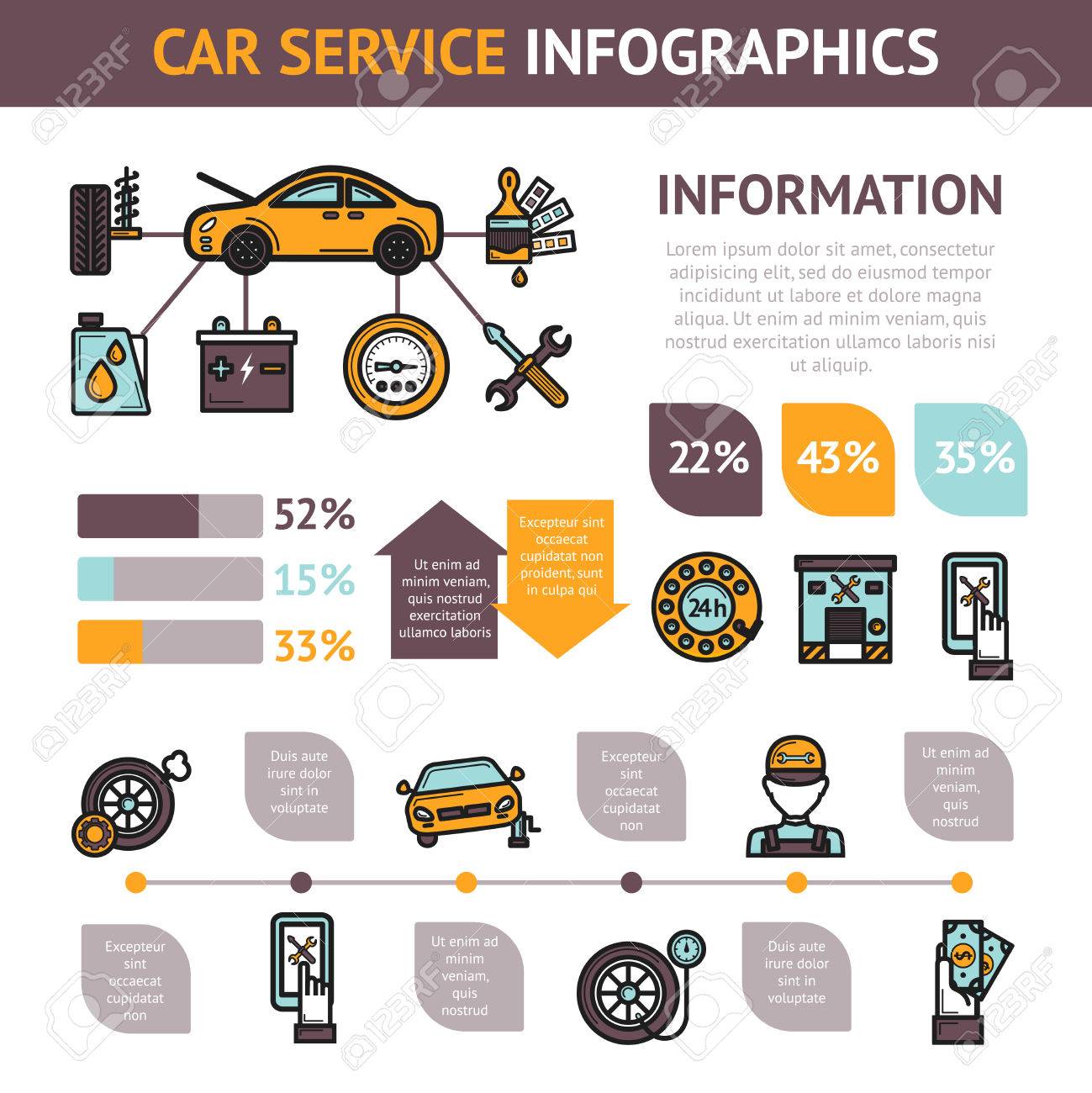Curious About Those Control Panel Caution Lights In Your Automobile? Find Out What They Imply For Your Car'S Health And Safety
Curious About Those Control Panel Caution Lights In Your Automobile? Find Out What They Imply For Your Car'S Health And Safety
Blog Article
Write-Up Developed By-Termansen Stark
When you lag the wheel, those beautiful warning lights on your control panel can be a bit difficult. Do you recognize what they're attempting to tell you concerning your vehicle's health and wellness? Understanding the value of these lights is vital for your safety and the long life of your lorry. So, https://electricbrakes28406.blogacep.com/35455045/revealing-the-keys-of-a-luxury-vehicle-service-center-experience following time among those lights turns up, wouldn't you wish to decipher its message accurately and take the needed steps to address it?
Common Warning Lighting and Interpretations
Identify typical warning lights in your automobile and comprehend their significances to make sure secure driving.
https://observer-reporter.com/news/localnews/auto-repair-industry-facing-problems-with-supply-shortage/article_a733255c-303a-11ec-b7e2-374707f63bb4.html consist of the check engine light, which signifies issues with the engine or exhausts system. If this light comes on, it's critical to have your car examined immediately.
The oil pressure cautioning light shows reduced oil pressure, needing prompt attention to prevent engine damages.
A blinking battery light may recommend a damaged billing system, possibly leaving you stranded if not resolved.
The tire pressure surveillance system (TPMS) light notifies you to reduced tire pressure, affecting vehicle stability and fuel effectiveness. Overlooking https://brake-pads06273.ziblogs.com/30361979/a-vital-reference-for-the-necessary-tools-found-in-every-car-fixing-facility-uncovering-the-strategies-for-effective-automobile-upkeep could lead to hazardous driving conditions.
The ABS light indicates a trouble with the anti-lock braking system, compromising your capability to stop quickly in emergencies.
Last but not least, the coolant temperature cautioning light warns of engine getting too hot, which can lead to serious damages otherwise dealt with promptly.
Understanding these typical warning lights will assist you attend to concerns without delay and preserve secure driving problems.
Importance of Prompt Focus
Recognizing the common warning lights in your vehicle is only the first step; the value of without delay attending to these warnings can not be emphasized enough to ensure your safety and security on the road.
When a caution light illuminates on your dashboard, it's your automobile's method of connecting a potential issue that requires interest. Neglecting these cautions can lead to much more extreme issues down the road, compromising your security and potentially costing you extra out of commission.
Prompt attention to alerting lights can protect against breakdowns and crashes. For instance, a flashing check engine light could suggest a misfire that, if left unattended, could create damages to the catalytic converter. Resolving this quickly can conserve you from a pricey repair.
Likewise, simply click the following page warning light may indicate reduced brake liquid or used brake pads, crucial parts for your safety and security when driving.
DIY Troubleshooting Tips
If you discover a warning light on your dashboard, there are a couple of do it yourself troubleshooting tips you can try prior to looking for professional help.
The first step is to consult your car's guidebook to comprehend what the details warning light suggests. Often the concern can be as simple as a loose gas cap causing the check engine light. Tightening the gas cap might settle the problem.
An additional common problem is a reduced battery, which can activate different advising lights. Inspecting the battery connections for corrosion and guaranteeing they're safe may deal with the issue.
If a caution light persists, you can try resetting it by detaching the automobile's battery for a few minutes and then reconnecting it. In addition, examining your car's liquid levels, such as oil, coolant, and brake liquid, can assist troubleshoot cautioning lights associated with these systems.
Conclusion
In conclusion, understanding your vehicle's caution lights is necessary for maintaining your vehicle running smoothly and safely. By quickly addressing these alerts and understanding what they mean, you can prevent pricey repair services and prospective break downs.
Keep in mind to consult your automobile's manual for certain details on each cautioning light and do something about it as necessary to make certain a hassle-free driving experience.
Remain informed, stay risk-free on the road!
